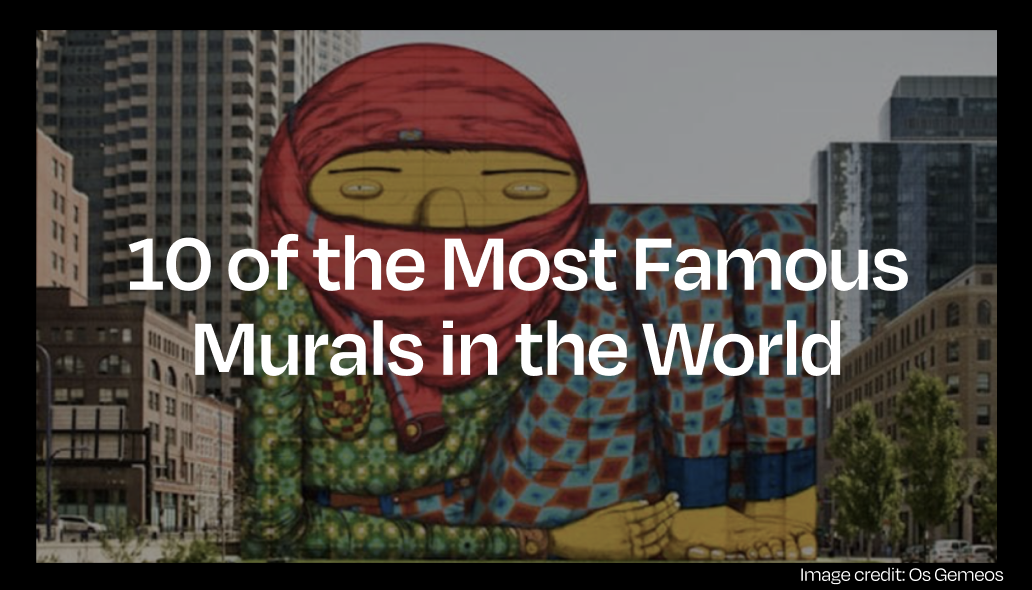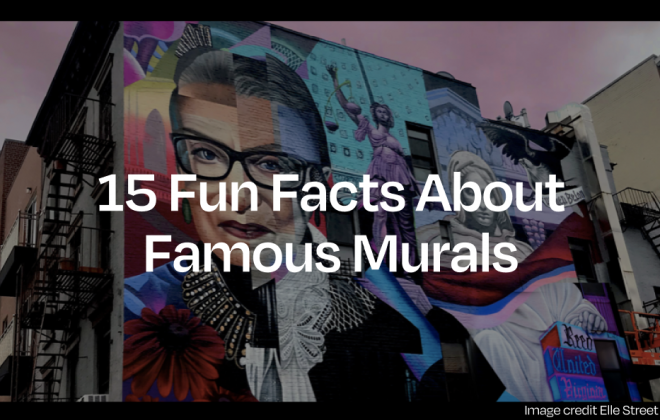
The History of Aboriginal Art in Australia
When learning about the history of Aboriginal art you must begin tens of thousands of years ago. Aboriginal artwork is one of the oldest continuous artistic traditions in the world. Aboriginal art is the artistic expression of Indigenous peoples from Australia, encompassing a diverse range of styles, techniques, and purposes. It’s deeply intertwined with cultural practices, spiritual beliefs, and the transmission of knowledge across generations.
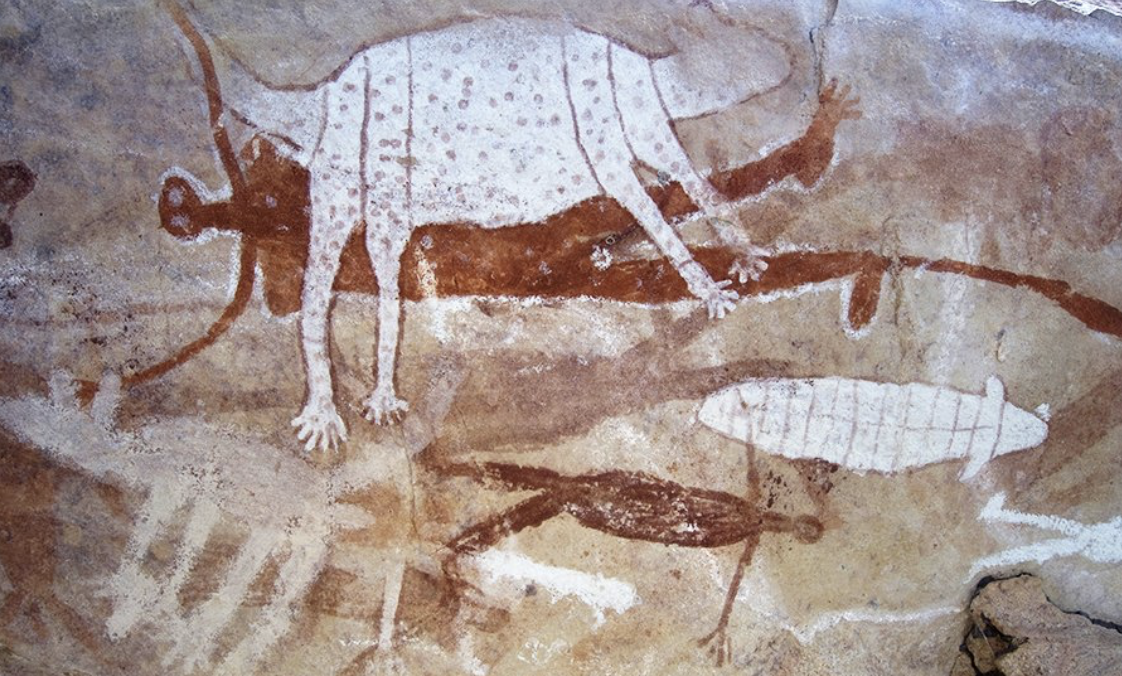
Aboriginal art finds its origins in the connection between the Indigenous peoples and their land. For these communities, the land is not just a physical space, but a spiritual entity that holds the stories of creation, the journeys of ancestral beings, and the wisdom of the past. This intrinsic relationship between the land, people, and stories is often depicted through various artistic mediums.
One of the earliest forms of Aboriginal art is rock art, which involves painting, engraving, or carving images onto natural rock surfaces. These artworks serve as a visual record of cultural beliefs, daily life, and significant events. The oldest known rock art sites in Australia date back over 40,000 years, providing valuable insights into the rich cultural heritage of the Indigenous peoples.
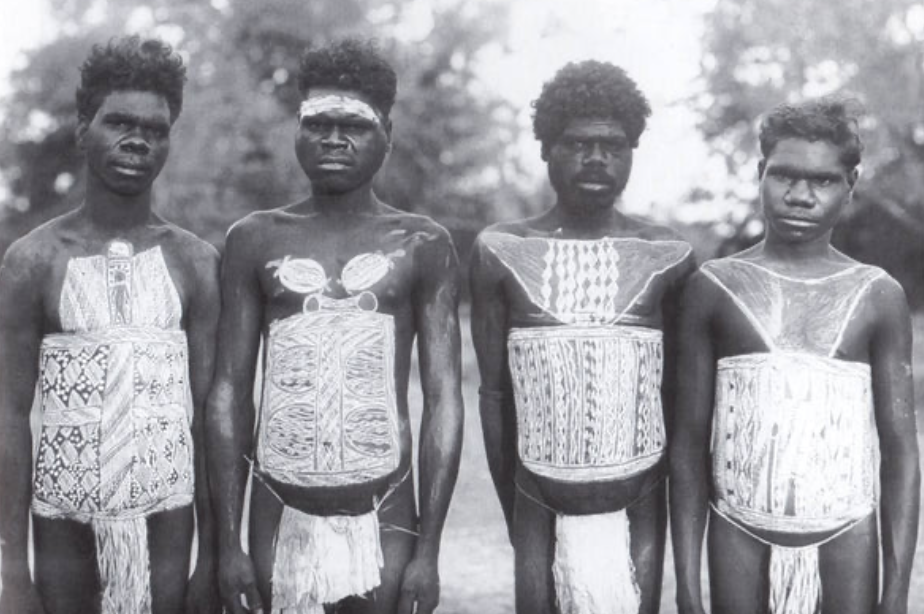
Another traditional form of art throughout the history of Aboriginal art is body painting, used for ceremonies, rituals, and storytelling. Different symbols and patterns are painted on the body, each carrying specific meanings related to the stories being told or the spiritual significance of the occasion. Body painting is not only a form of artistic expression but also a way to connect with ancestors and the Dreaming—the complex belief system that underpins Aboriginal spirituality.
History of Aboriginal Art: Dreamtime
Central to Aboriginal art is the concept of the Dreaming, also known as the Dreamtime. This complex belief system represents the period of creation when ancestral beings traveled across the land, shaping it and establishing cultural norms. Aboriginal artworks are visual representations of Dreaming stories, featuring symbols, patterns, and designs that embody various elements of these stories. These symbols serve as a language, communicating intricate narratives and spiritual insights.
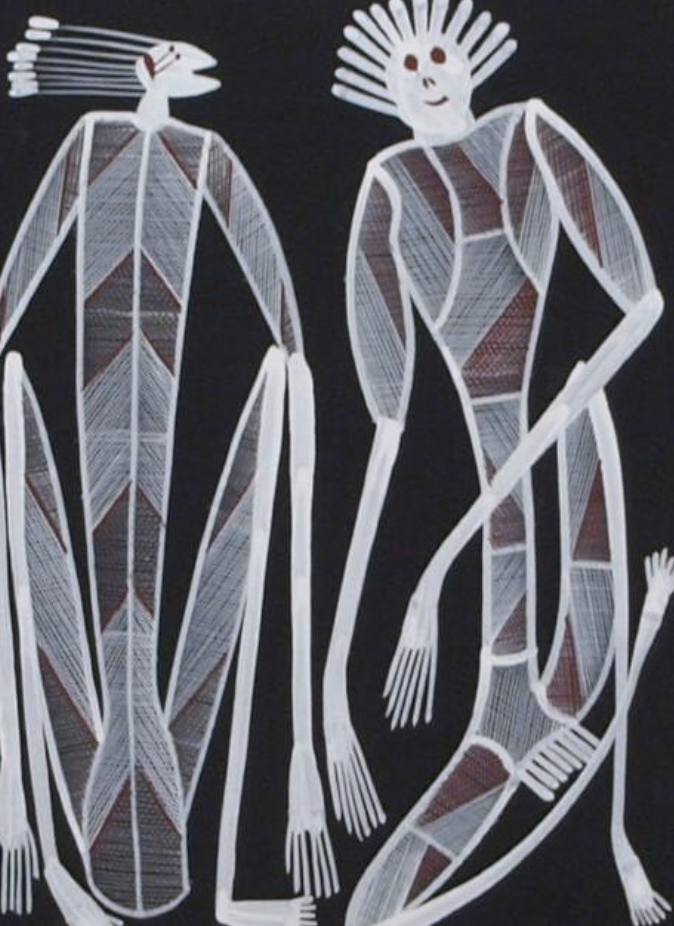
At the heart of the Dreaming are the stories of the ancestral beings, often referred to as “Dreamtime ancestors.” According to Aboriginal beliefs, these beings traveled across the land during a primordial period, shaping the landscape, creating living creatures, and establishing the laws that govern both the natural and spiritual worlds. These beings are depicted in Aboriginal art through symbols, patterns, and representations that vary between different Indigenous groups. Each group has its own set of Dreaming stories, reflecting their unique cultural identity and connection to the land.
In the history of Aboriginal art, the Dreaming stories are not merely passive narratives; they are actively communicated through visual symbols and motifs. Every line, shape, and colour holds significance and represents specific elements of these stories. Artists use these symbols as a way to communicate the deep meanings and spiritual insights of the Dreaming. For example, a series of dots might represent waterholes, lines might depict ancestral paths, and circles might symbolise campsites.
Throughout history, Aboriginal art has also evolved in response to changing circumstances. With the arrival of European settlers, there was a shift in the materials used for artistic expression. Traditional mediums like rock and body paint were complemented by new materials such as canvas, acrylic paints, and brushes. This allowed Aboriginal artists to adapt their traditional styles to new formats while maintaining the essence of their cultural narratives.
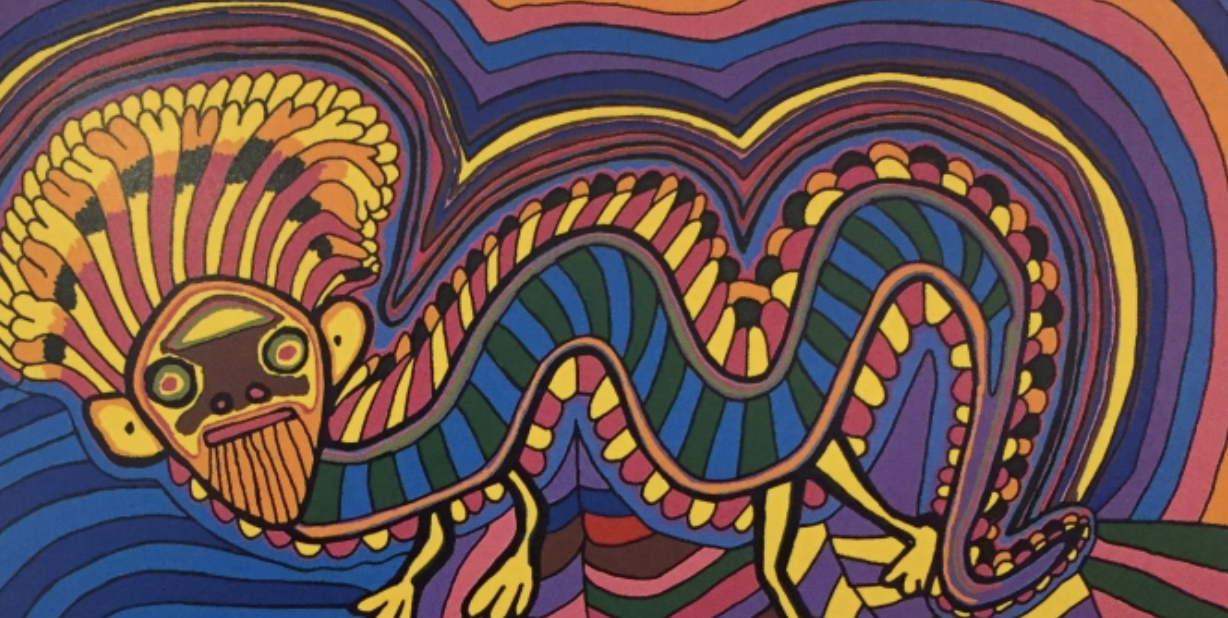
As European settlement spread across the continent, many Aboriginal communities faced displacement, cultural assimilation, and loss of land. In response, Aboriginal art took on new roles as a form of resistance and cultural preservation. Artworks became a way to assert cultural identity, maintain traditional knowledge, and visually communicate the stories of the Dreaming and the significance of the land.
The Emergence of Dot Painting
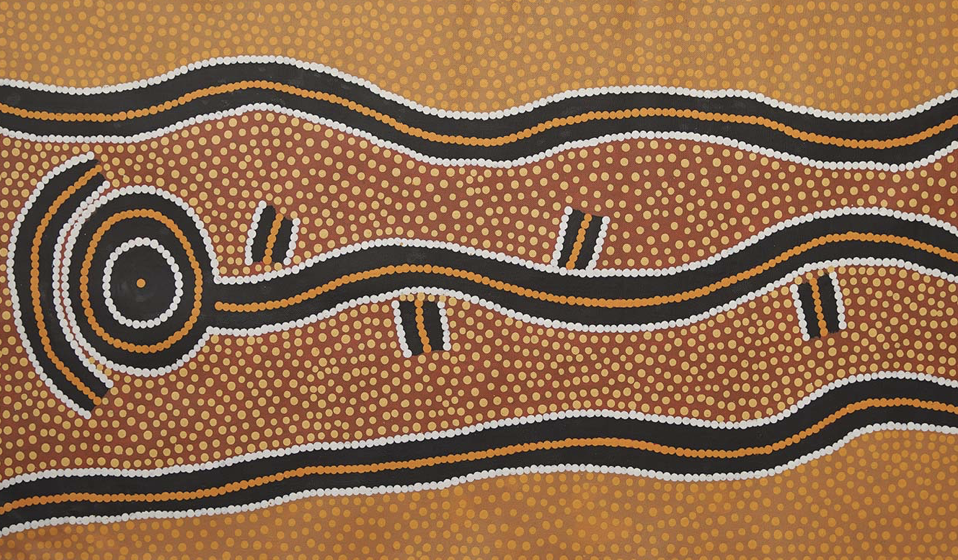
In the 1970s, a significant development occurred in Aboriginal art with the emergence of the Papunya Tula art movement. This movement, centred around the community of Papunya in the Northern Territory, played a pivotal role in shaping the trajectory of contemporary Aboriginal art. Artists like Clifford Possum Tjapaltjarri and Johnny Warangkula Tjupurrula began painting Dreaming stories on canvas using acrylic paints. This shift from traditional materials to modern mediums allowed Aboriginal artists to reach broader audiences and engage with the global art scene.
Dot paintings are more than just visual aesthetics; they are a way of communicating complex stories, spiritual connections, the knowledge about the land and the history of Aboriginal art. Each dot holds significance and represents different elements of the Dreaming stories, ancestral beings, and the landscape. The placement of dots, their colours, and the patterns they form all contribute to the depth of meaning within the artwork.
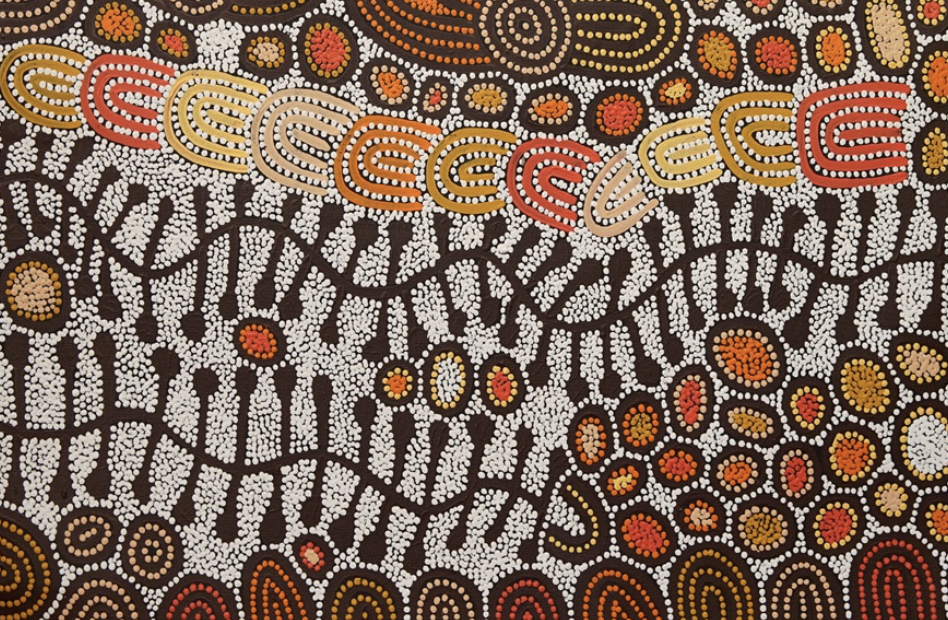
Dot painting is deeply tied to Aboriginal cultural practices and beliefs. It serves as a way to pass down traditional knowledge and Dreaming stories to younger generations. The intricate patterns carry sacred meanings, and the act of creating dot paintings can be a spiritual experience that connects artists with their ancestors and the land.
While dot painting has ancient roots, contemporary Aboriginal artists continue to explore and interpret this style in new ways. Some artists maintain a strong adherence to traditional symbols and stories, using dots to depict the Dreaming narratives of their communities. Others blend dot painting with other artistic techniques and modern mediums to convey a broader range of themes, from environmental concerns to personal experiences.
Dot painting plays a crucial role in preserving Aboriginal cultural identity and knowledge. As younger generations learn the techniques and stories associated with dot painting, they contribute to the continuation of a rich artistic heritage that has been passed down for generations.
Aboriginal Art Today
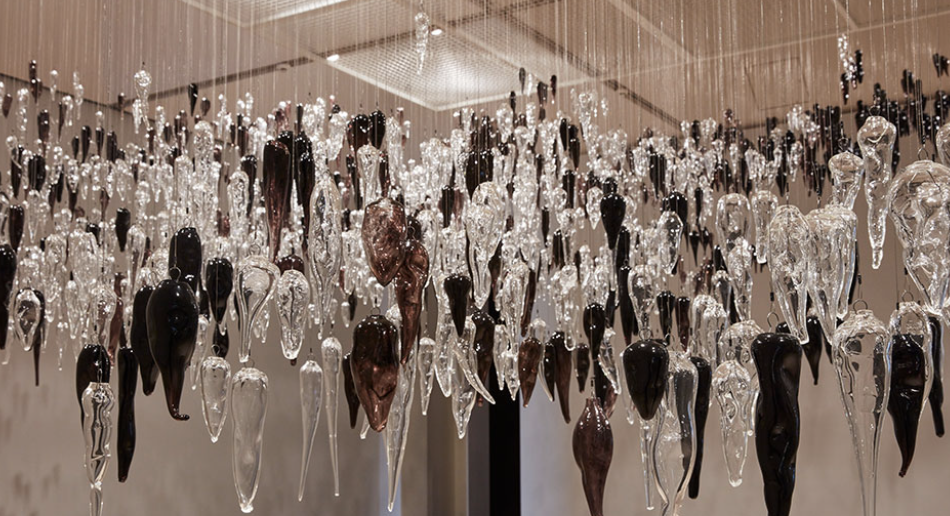
Aboriginal art today is a dynamic and vibrant expression of Indigenous culture that continues to captivate audiences around the world. It has evolved from its traditional roots to encompass a wide range of styles, techniques, and themes while retaining its cultural significance and connection to the land.
Contemporary Aboriginal artists employ a wide variety of styles and techniques, ranging from the traditional dot painting to more experimental approaches that incorporate mixed media, sculpture, digital art, and installations. Artists draw from their cultural heritage while also embracing individual creativity, resulting in a rich tapestry of artistic expressions.
10 Famous Aboriginal Artists
There are several famous modern Aboriginal artists who have made significant contributions to the world of art and have helped bring Indigenous culture to the forefront. Here are a few notable names:
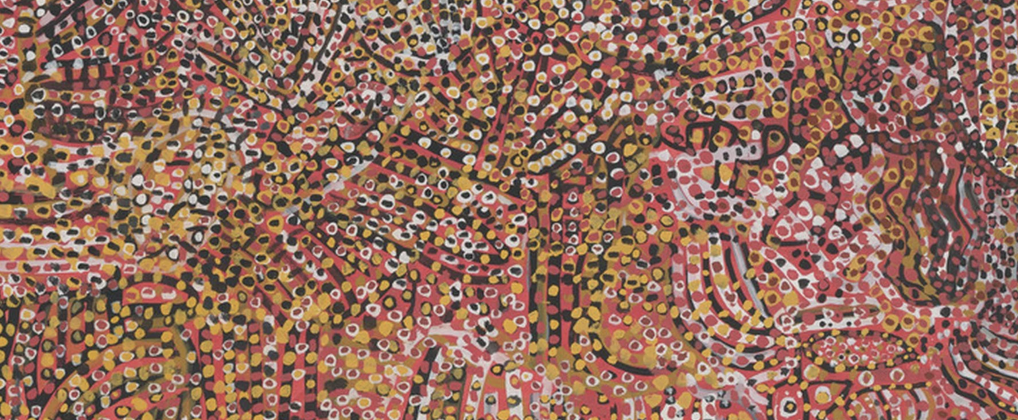
1. Emily Kame Kngwarreye (1910-1996): Emily Kame Kngwarreye is one of the most renowned Aboriginal artists. Her dynamic and bold abstract paintings, often characterised by swirling lines and vibrant colours, captured the essence of the land and her Anmatyerre culture. Her works are highly sought after and have achieved international recognition.
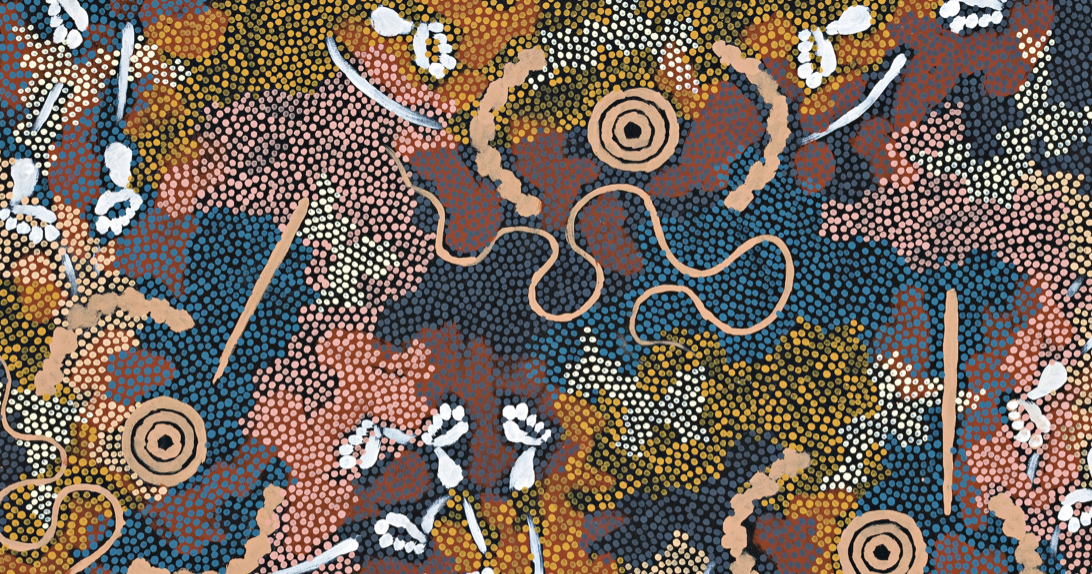
2. Clifford Possum Tjapaltjarri (1932-2002): A key figure in the Papunya Tula art movement, Clifford Possum Tjapaltjarri is famous for his innovative use of dot painting to depict traditional Dreaming stories. His intricate works, characterised by finely detailed dots, have been exhibited globally and have significantly influenced contemporary Aboriginal art.
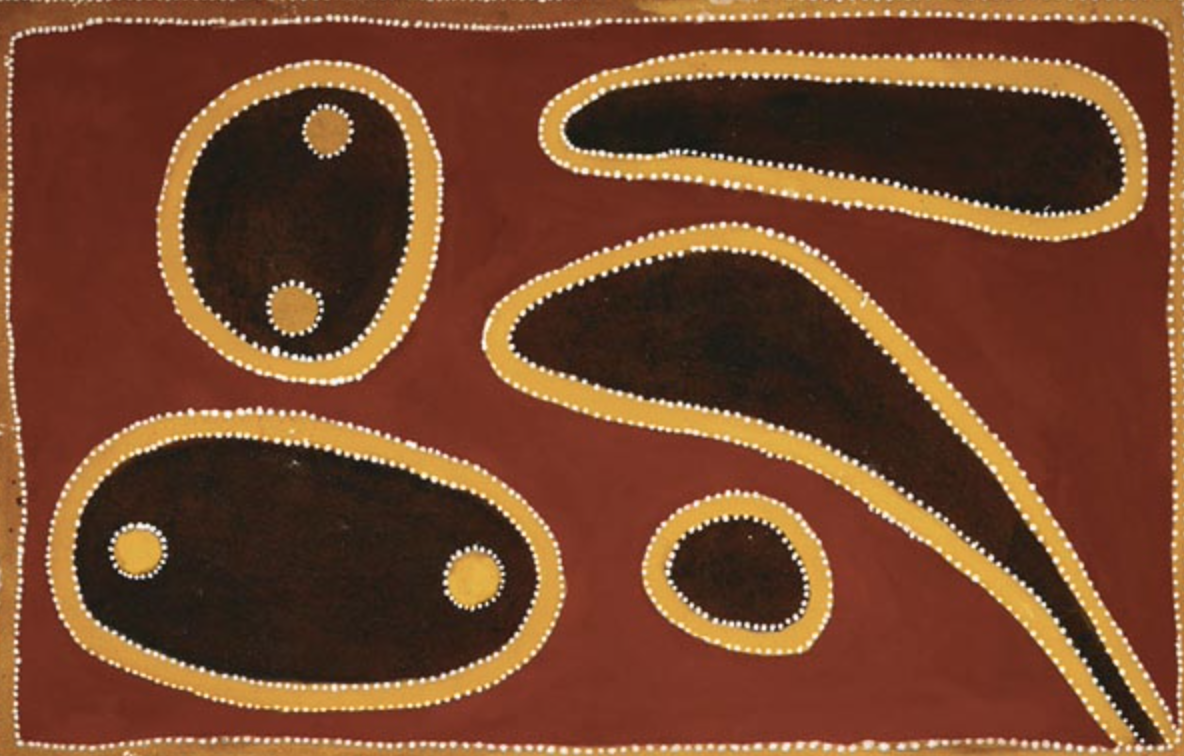
3. Rover Thomas (c. 1926-1998): An influential artist from Western Australia, Rover Thomas played a crucial role in introducing the Gija people’s cultural narratives to the wider world. His use of bold colours and simplified forms conveyed the stories of his land and people, helping to bridge cultural gaps.
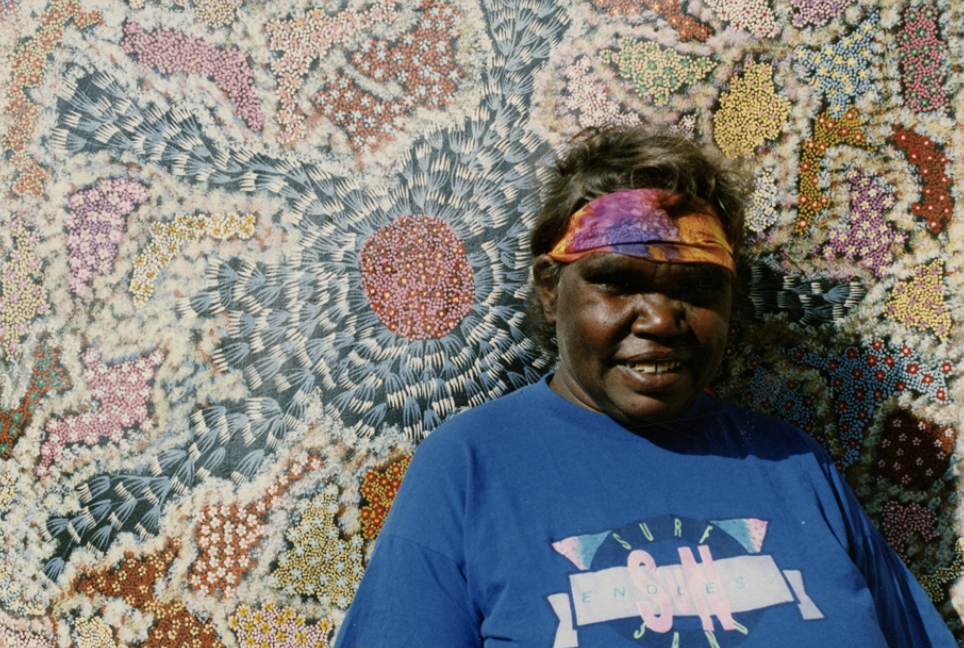
4. Dorothy Napangardi (1956-2013): Dorothy Napangardi’s elegant and minimalistic paintings often depict the sandhills and Dreaming stories of her Warlpiri culture. Her works are celebrated for their tranquility and deep connection to the land.
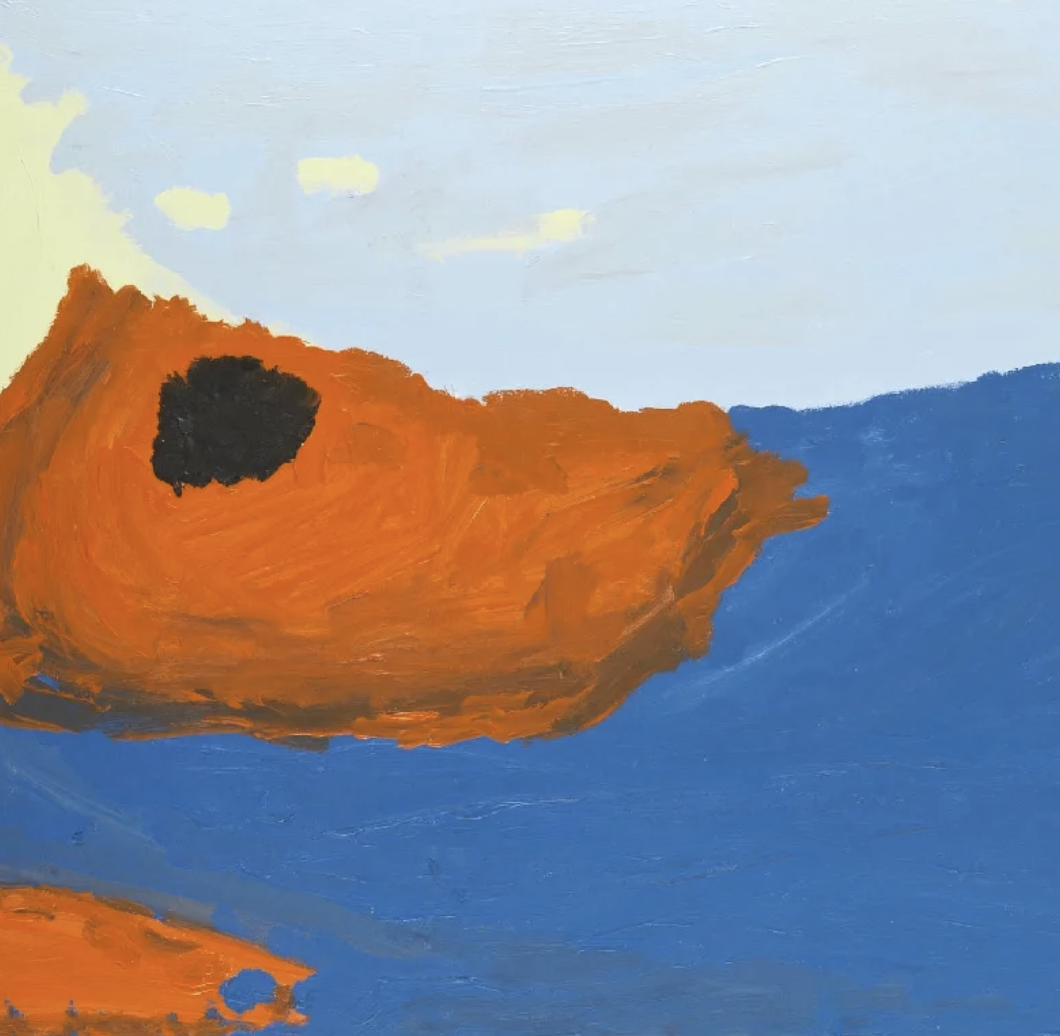
5. Sally Gabori (c. 1924-2015): Sally Gabori, a Kaiadilt woman from Bentinck Island, created captivating abstract paintings that capture the essence of her coastal homeland. Her use of vibrant colours and dynamic forms earned her international acclaim.
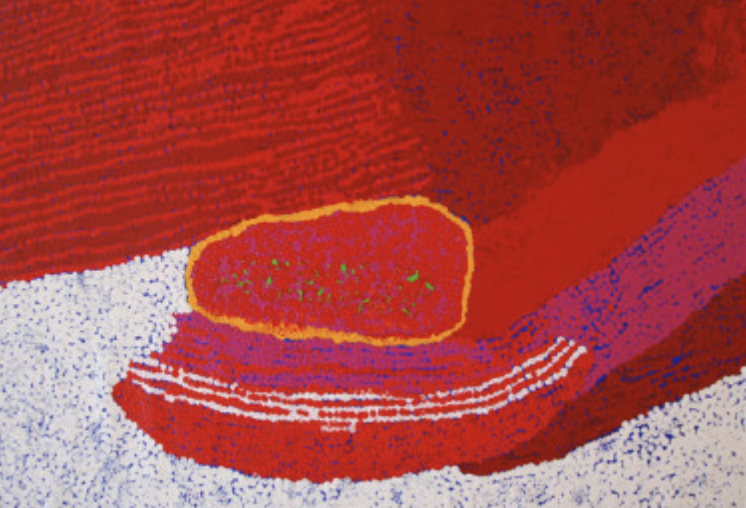
6. Tommy Watson (c. 1935-2017): Tommy Watson was known for his powerful abstract works that represented his connection to the land and Dreaming stories. His artworks often featured layers of dots and lines that conveyed a sense of movement and spirituality.
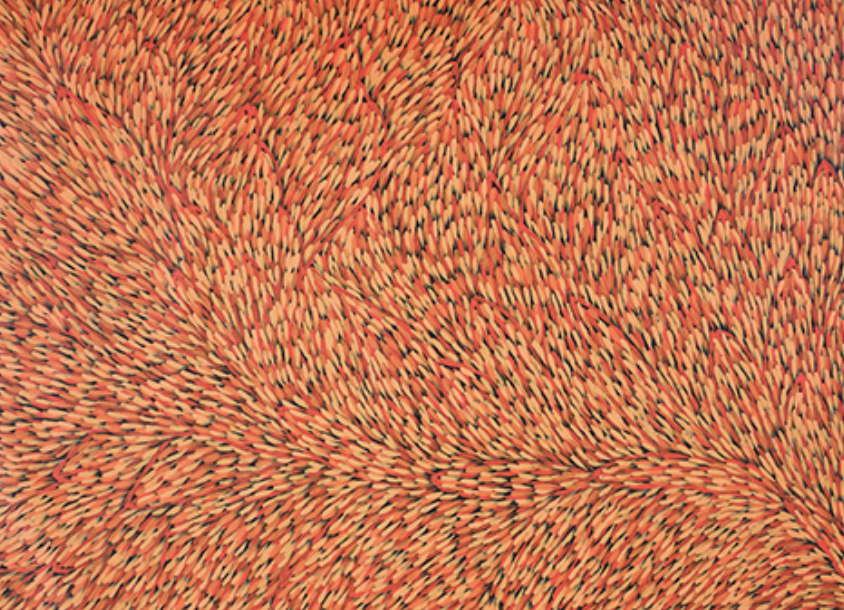
7. Gloria Petyarre (born 1945): Gloria Petyarre is famous for her stunning depictions of the “Bush Medicine” and “Mountain Devil Lizard” Dreaming stories. Her artworks often feature delicate lines and dots that evoke the movement of leaves and the land.
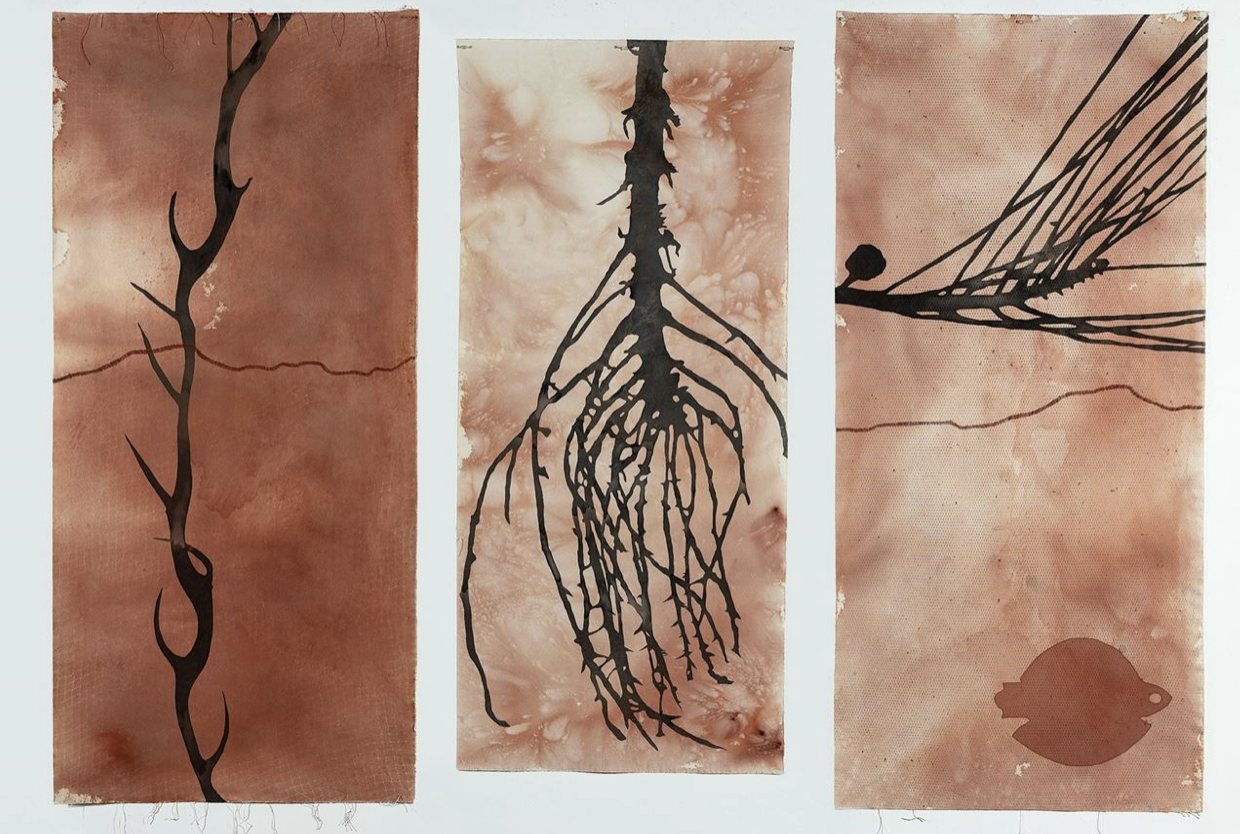
8. Judy Watson (born 1959): Judy Watson’s diverse body of work includes paintings, prints, sculptures, and installations. She often addresses themes of Indigenous identity, history, and connection to Country through her art.
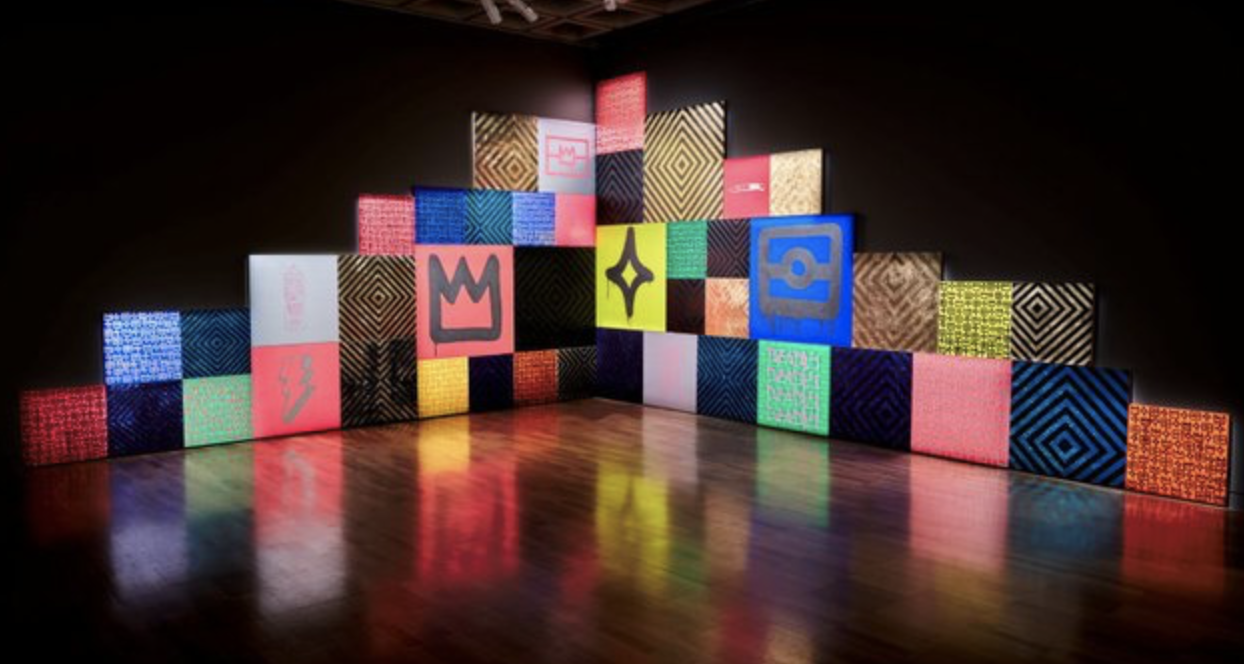
9. Reko Rennie (born 1974): Reko Rennie is a contemporary artist known for his bold and vibrant works that combine traditional symbols with street art aesthetics. His art addresses themes of cultural identity and colonial history.
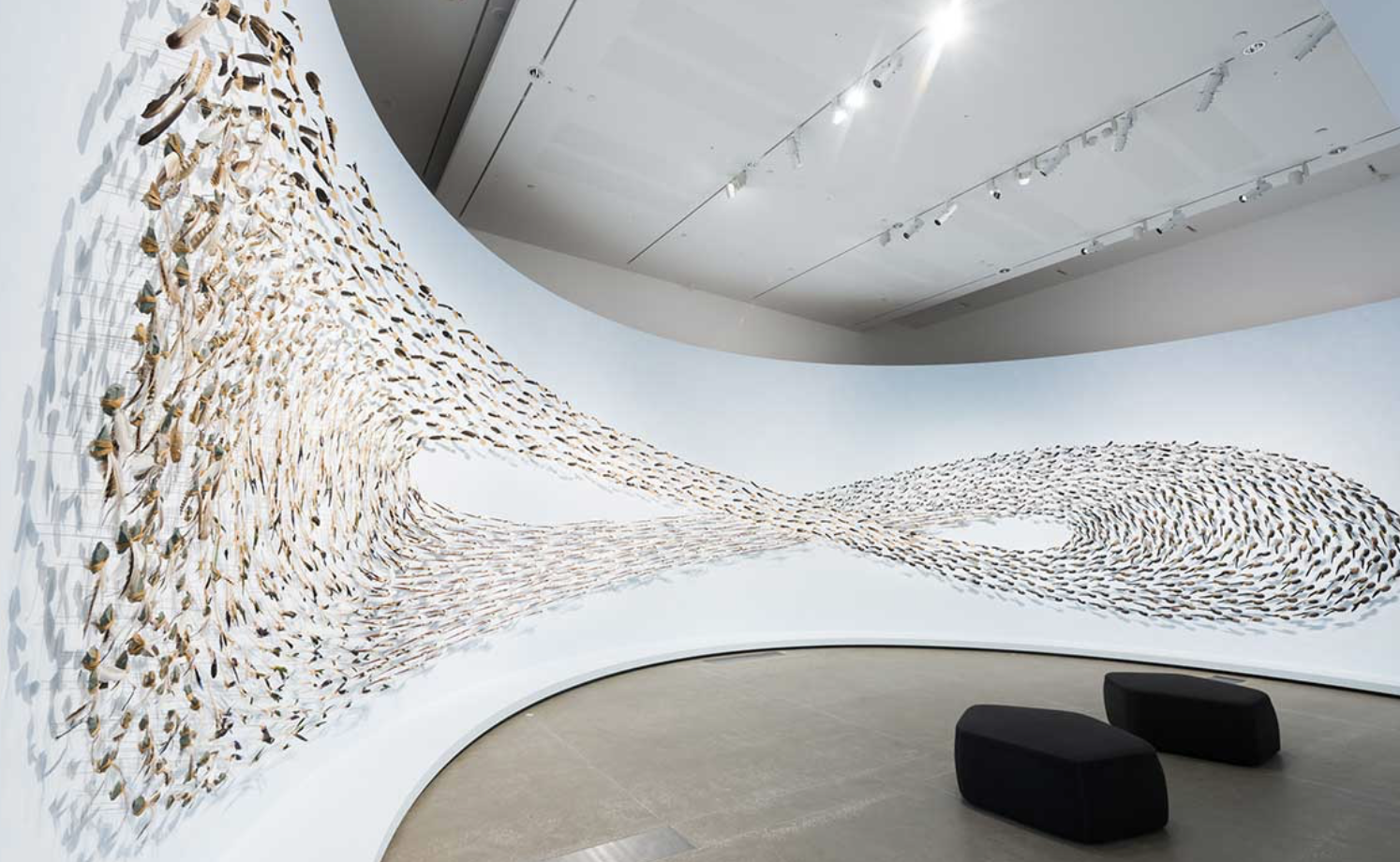
10. Jonathan Jones (born 1978): Jonathan Jones is a conceptual artist whose work explores the historical and contemporary experiences of Aboriginal people in Australia. His installations often incorporate natural materials and focus on the significance of Country.
Discover more Aboriginal artists via our blog: History of Graffiti & Street Art in Australia: 1960 – 2023.
Check out top-rated local artists near you!
Are you an artist ? Sign Up










